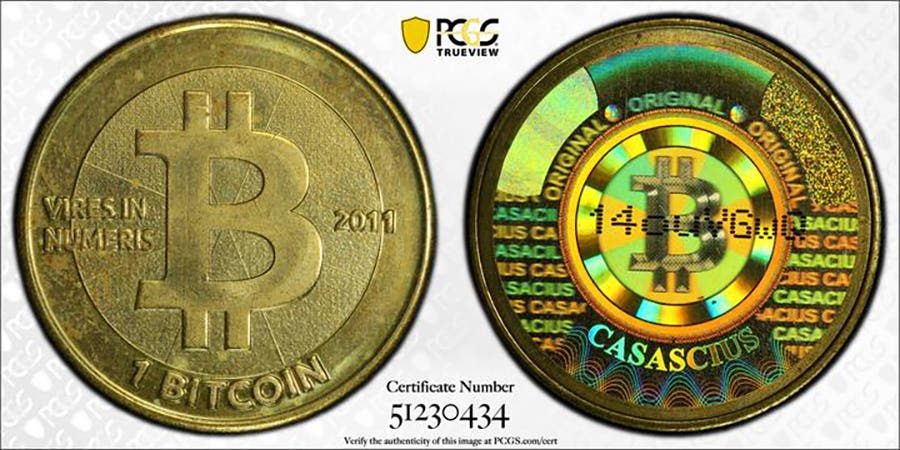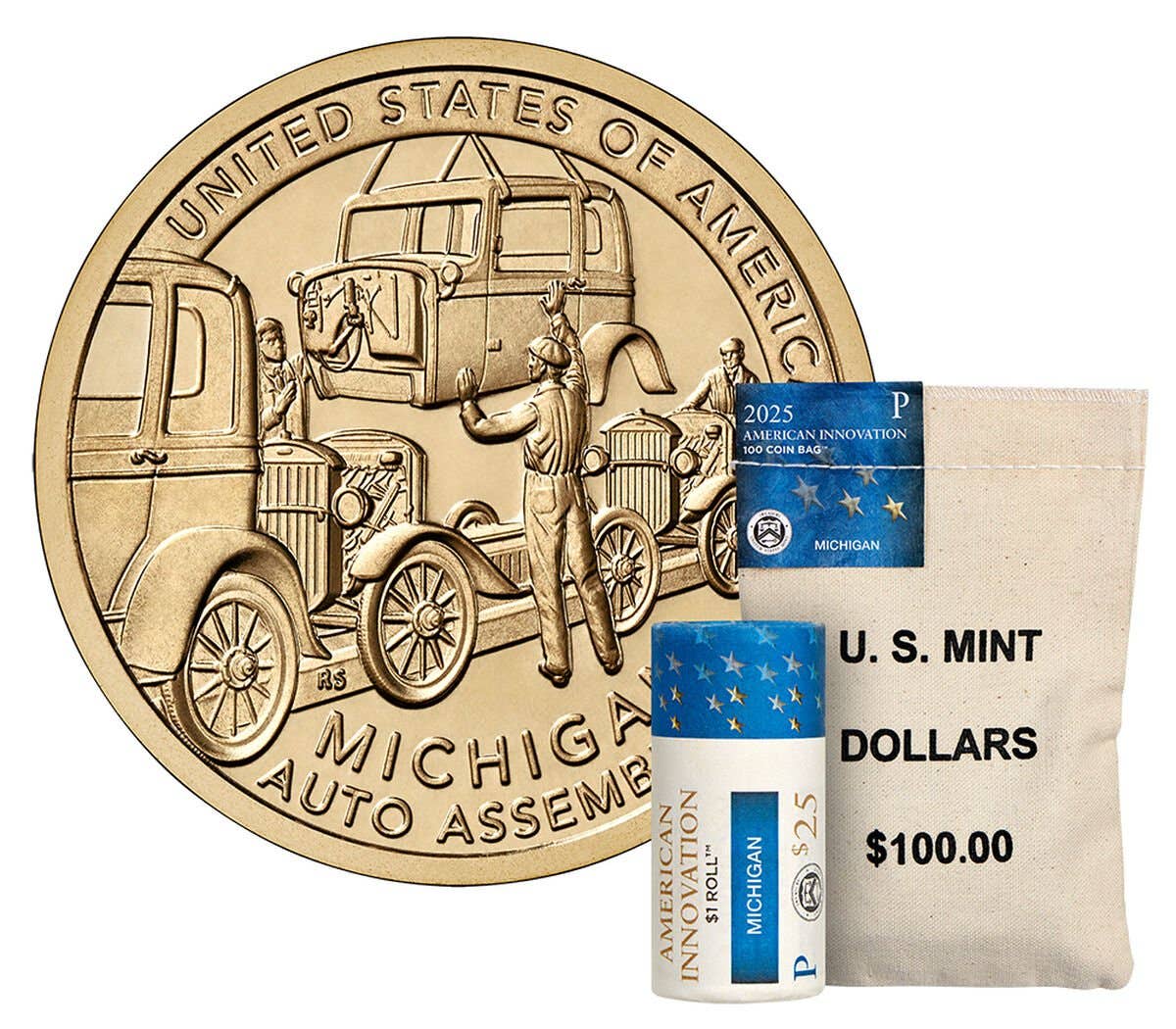A Coin to Stand the Test of Time
Several years ago, an acquaintance of mine said he had an interest in acquiring a single coin. The coin that he would want to acquire would be one that would…
Several years ago, an acquaintance of mine said he had an interest in acquiring a single coin. The coin that he would want to acquire would be one that would still be considered special and significant 1,000 years from now. So, he picked my brain as to what coin I thought had the best prospect of fulfilling that parameter.
My answer was significantly influenced by the writings of Richard G. Doty (1942-2013). Doty served as a curator of the American Numismatic Society’s (ANS) cabinet of modern coins and currency. Doty left the ANS in 1986 for the Smithsonian Institution’s National Museum of American History. There he rose to become senior numismatic curator. He authored books and earned multiple numismatic honors.
In Doty’s book, Coins Of The World, he made his case for the four most significant coin issues in all of history. To make it onto this list, the coin had to circulate widely and for a long time. It also had to be so popular in commerce that neighboring lands were pressured to issue equivalent-value coins.
The four coins that made Doty’s list were the Athenian silver tetradrachm, the British silver penny, the Venetian silver grosso and the coins of the Latin Monetary Union standard.
Among those four options, I reflected on which of these coins was most popular in the numismatic eye in today’s world, signifying that it stood the test of time. To me, whichever of these coins had the greatest collector interest today would also likely continue to be important 1,000 years from now.
I thought that made the answer obvious: the Athenian silver tetradrachm.
Here are the reasons why I suggested to my acquaintance that he purchase a nice Athenian silver tetradrachm (which he did).
The tetradrachm denomination (meaning the value equivalent to four drachma) originated in Ancient Greece. Coins of this denomination were issued by different cities and kingdoms, not all of the same silver content.
The Athens-derived Attic standard of 4.3 grams for a drachma meant that the tetradrachm standard gross weight was 17.2 grams. It was this standard that proved most popular in commerce across a wide area of the Mediterranean Sea and as far east as India, including many lands that were not friendly with Athens. It appeared in Athens in 510 B.C. when that city adopted a democratic form of government, and circulated widely until 38 B.C. The armies of Alexander the Great helped spread the use of tetradrachms across an even larger geographic area than would have happened in everyday commerce.
Coins of this standard circulated widely in the eastern parts of the Roman Empire and beyond until the mid-Third Century A.D. Debased tetradrachms circulated in Central Asia and India for several hundred more years.
Part of the reason for the triumph of the Athenian tetradrachm was that the Athenian government obtained a ready supply of silver from its own mines in Laurium, a mere 35 miles from Athens. Further, upon the formation of the Delian League in 478 B.C. to unify against the Persian threat, an association of between 150 and 330 Greek city-states under the leadership of Athens, the Athenians appropriated 5,000 talents from the communal treasury to finance grandiose building projects, some funds of which were also converted into production of tetradrachms. The peak years of Athenian silver tetradrachm production continued until the outbreak of the Peloponnesian War in 431 B.C.
The design of the Athenian silver tetradrachm was largely unchanged for two centuries. The obverse featured the head of Athena, the Greek goddess of wisdom, warfare and handicrafts. She was the patron goddess of several Greek cities, most notably Athens. The reverse of the coin featured a large standing owl, often referred to as Athena’s owl, and a symbol for the city of Athens. To the upper left of the reverse is a sprig of olive and a crescent moon. The owl and olive were sacred to Athena. The letters “AϴE” at the right may be an abbreviation of “AϴHNAIΩN,” which could be translated as “of the Athenians.”
Contributing to the popularity of the Athenian silver tetradrachm was the high artistic level of the coins when struck. In many other parts of the world in this era, the designs on coins were less detailed and not as well struck.
The relatively high mintage of these coins for multiple centuries makes them more affordable today than many other large silver coins of the era. When you combine an affordable price with the relative ease with which a collector can find well-preserved specimens, it is easy to understand why the Athenian silver tetradrachm today is popular with collectors around the world.
Patrick A. Heller was honored as a 2019 FUN Numismatic Ambassador. He is also the recipient of the American Numismatic Association 2018 Glenn Smedley Memorial Service Award, 2017 Exemplary Service Award, 2012 Harry Forman National Dealer of the Year Award and 2008 Presidential Award. Over the years, he has also been honored by the Numismatic Literary Guild (including in 2021 for Best Investment Newsletter), Professional Numismatists Guild, Industry Council for Tangible Assets and the Michigan State Numismatic Society. He is the communications officer of Liberty Coin Service in Lansing, Mich., and writes Liberty’s Outlook, a monthly newsletter on rare coins and precious metals subjects. Past newsletter issues can be viewed at www.libertycoinservice.com. Some of his radio commentaries titled “Things You ‘Know’ That Just Aren’t So, And Important News You Need To Know” can be heard at 8:45 a.m. Wednesday and Friday mornings on 1320-AM WILS in Lansing (which streams live and becomes part of the audio archives posted at www.1320wils.com).








